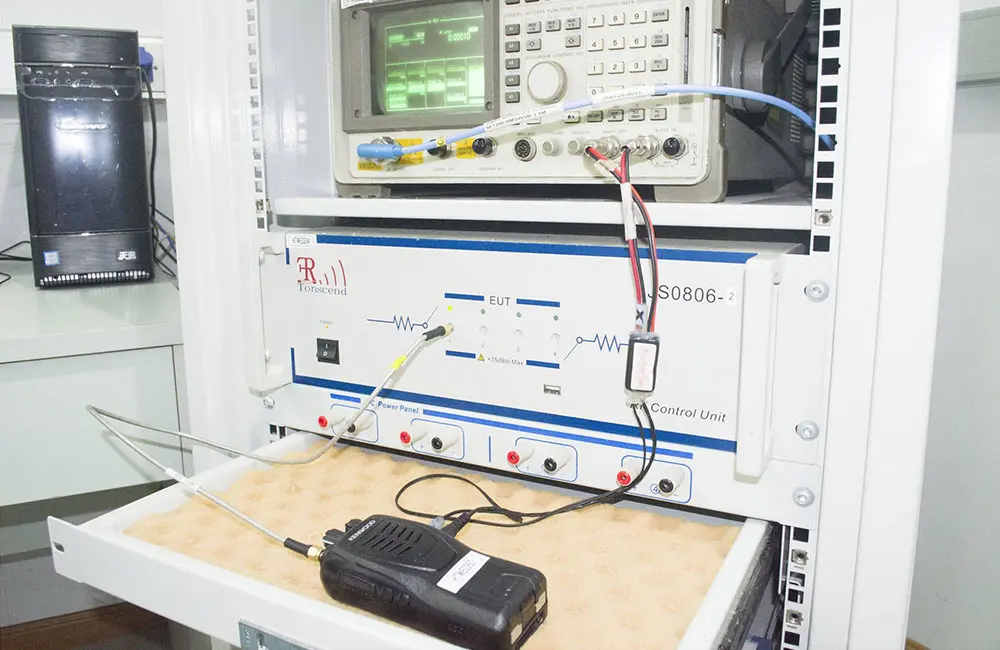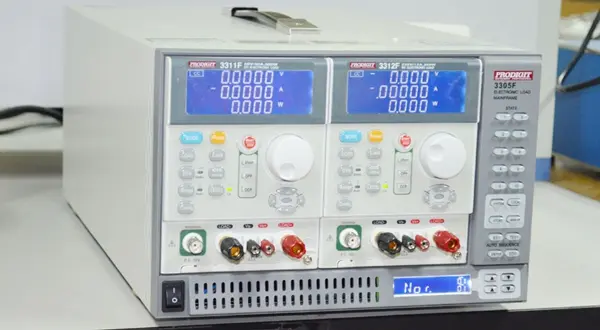
US Toy Warning Labels: Safety Rules & Examples
Some toys and other children’s products sold in the United States must carry warning labels and symbols. These labels primarily aim to inform parents and caregivers of potential hazards such as small parts, strangULation, and fall risks.
This guide provides a detailed overview of various types of warning labels requiRED for children’s products in the U.S. market.
Sources of Information:
a. U.S. Consumer Product Safety Commission (CPSC)
b. Code of Federal Regulations (CFR)
c. Public ASTM standard pages
*Note: We do not have access to all paid ASTM standards, so some additional warnings may not be covered in this guide.
Overview
1. Which children’s products require warning labels in the U.S.?
2. Choking Hazard Warnings
3. Strangulation Hazard Warnings
4. Fall Hazard Warnings
5. Sharp Edge Hazard Warnings
6. Ingestion Hazard Warnings
7. Should warnings be printed on the product or packaging?
8. How to ensure labeling compliance?
1. Which Children’s Products Require Warning Labels?
The following children’s products may require warning labels:
a. Toys or games containing small parts
b. Toys with functional sharp edges or points
c. Pacifiers
d. Small balls or marbles
e. Products containing button or coin cell batteries
f. Latex balloons
g. Baby monitors
h. Full-size cribs
i. Soft infant and toddler carriers
Many label requirements originate from the Consumer Product Safety Improvement Act (cpsia) and referenced ASTM standards, such as:
16 CFR Part 1511: Pacifiers must carry a strangulation warning
16 CFR Part 1219: Full-size cribs must carry fall and strangulation warnings
2. Choking Hazard Warnings
Regulation:16 CFR § 1500
Applicable Products:
a. Toys or games with small parts
b. Marbles, small balls
c. Latex balloons
Age Limit Warnings:
Small parts: Not for children under 3 years
Balloons: Advisory for children under 8 years
Sample Warnings:
“WARNING: CHOKING HAZARD – Small parts. Not for children under 3 years.”
“WARNING: CHOKING HAZARD – Children under 8 yrs can choke or suffocate on uninflated or broken balloons. Adult supervision required.”
3. Strangulation Hazard Warnings
Regulations:16 CFR § 1511.7, 1219; astm f1169
Applicable Products:
a. Pacifiers
b. Full-size cribs
c. Baby monitors with cords or strings
Sample Warning:
“WARNING – Do not tie pacifier around child’s neck as it presents a strangulation danger.”
4. Suffocation Hazard (for Baby Carriers)
Applicable to products that may block an infant’s airflow, such as inward-facing soft carriers.
Applicable Products:
Soft infant and toddler carriers
Warning Purpose:
To prevent suffocation due to restricted airflow.
5. Fall Hazard Warnings
Applicable Products:
a. Full-size cribs
b. Infant and toddler carriers
Products elevated off the ground should include warnings about fall risks.
6. Sharp Edge Hazard Warnings
Regulation:16 CFR Part 1250 (enforces ASTM F963)
Applicable Products:
Toys with functional sharp edges or points
These toys may cause physical injury, such as cuts or scratches.
7. Ingestion Hazard Warnings
Regulation:16 cfr part 1263
Applicable Products:
Products containing button or coin cell batteries
Swallowing button batteries can be life-threatening. Clear warning labels are required.
8. Should Warnings Be Printed on the Product or Packaging?
According to 16 CFR § 1500.19, warning labels must appear prominently in at least one of the following:
a. Product packaging
b. Accompanying instruction materials
c. Retail display containers
d. Vending machines
e. Outer cartons or trays (if unboxed)
*Warning labels must be clear and prominent, or the product may be considered a “misbranded hazardous substance.”
9. How to Ensure Product Labeling Compliance?
1. Evaluate Your Product
Refer to up-to-date CPSC, CFR, and ASTM standards.
2. Create Print-Ready Label Files
Design label artwork in `.ai` or `.eps` format.
3. Send to Manufacturer
Never assume manufacturers—especially overseas ones—know U.S. labeling laws.
4. Consult a Compliance Service Provider
We recommend working with professionals like JJR Labs (China)for expert assistance.
Email:hello@jjrlab.com
Write your message here and send it to us
 What is the meaning of EMC?
What is the meaning of EMC?
 Why EMC Test Is Required?
Why EMC Test Is Required?
 What is the Difference Between EMI and EMC?
What is the Difference Between EMI and EMC?
 What is the difference between CE EMC and CE LVD?
What is the difference between CE EMC and CE LVD?
 What Is the EU WEEE for Electronic and Electrical
What Is the EU WEEE for Electronic and Electrical
 What Is the ASTM D4316-95(2016) Hot Water Bottle T
What Is the ASTM D4316-95(2016) Hot Water Bottle T
 Amazon Electric Massager UL1647 Test Report
Amazon Electric Massager UL1647 Test Report
 What Is IEC 60068-2-5:2018 Solar Radiation Test?
What Is IEC 60068-2-5:2018 Solar Radiation Test?
Leave us a message
24-hour online customer service at any time to respond, so that you worry!




